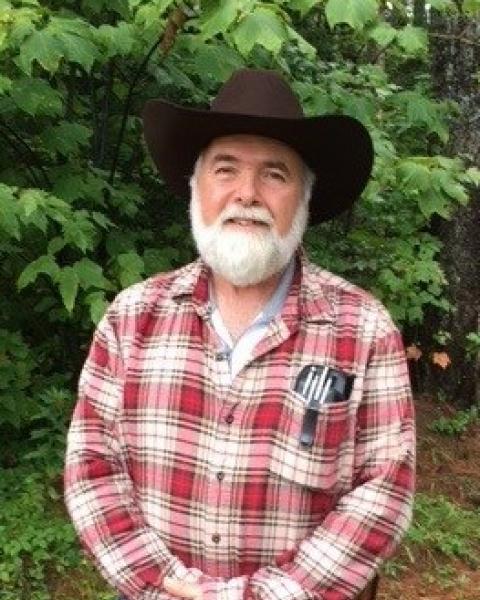Maple Sugaring Tips & Tricks for Beginners
We have now made it through February and looking forward to the spring equinox this month. Any of us who have lived in northern New England for any amount of time also realizes that March brings thoughts of maple sugaring and all that goes into it. This is perhaps especially true this season since we have had some sap running days during February. As I have visited different woodlots and harvest operations over the past month or so, the topic of managing for a potential sugarbush has come up fairly frequently. So let’s talk about maple sugaring a bit. As most of us know, all native maples can be tapped for sap. I have even known of at least one syrup producer who has tapped white birch trees. The sap from these birches, when processed, seems to come out more like molasses than maple syrup. It was an experiment that seemed to work, although I’m not certain the market was ready for that product. Our UNH Extension website has some very good resources regarding maple sugaring and I would encourage everyone interested to check into some of them. I will mention a few of the tips here to get you started and ‘wet your whistle’ so to speak.
- Tap trees no smaller than 12” in diameter at breast height (38” circumference). Although some will tap smaller trees, it is not recommended as it may adversely affect the trees health and vigor.
- 1 tap hole in trees 12” to 18”, and no more than 2 tap holes per tree greater than 18”. The more holes, broken branches, scars, etc., the less pressure can build up in the tree.
- Drill tap holes at a slight upward angle to prevent sap from pooling, and make sure your drill bit matches the tap size.
- Tap only white, clean wood. To avoid areas of discoloration and decay, don’t place new tap holes within 6 inches horizontally and at least 2 feet directly above or below old tap holes.
- Don’t re-tap existing holes in any given year to expose new wood or drill new holes to prolong the sap run.
- Remove spouts from tap holes immediately after the season ends.
- Sap runs with cold nights in the 20’s, and daytime in the 40’s.
- Buckets with covers, water jugs, or any food grade container can be used to collect sap.
- Gathering pails or new 5-gallon plastic pails can be used to gather/transport sap from tree to backyard. Use only clean, food grade containers, not plastic containers not intended to hold food.
- Keep sap cool and below 40 degrees F. Treat sap like milk, it spoils.
- Discard yellow or cloudy sap – do not mix with good, clear sap.
- Watch for early bud break in red maple. This will cause buddy sap and produce an off flavor in the syrup.
For much more information about maple sugaring in your own backyard, please visit: https://extension.unh.edu/resource/maple-sugaring-tips-beginners-and-backyard-maple-sugar-producers
Have a question about your woods? Contact your Extension County Forester today!
Do you love learning about stuff like this? Subscribe to the NH Woods & Wildlife Newsletter.
A quarterly newsletter providing private woodlot owners in New Hampshire with woodlot management news, pest updates, resources, and more.

